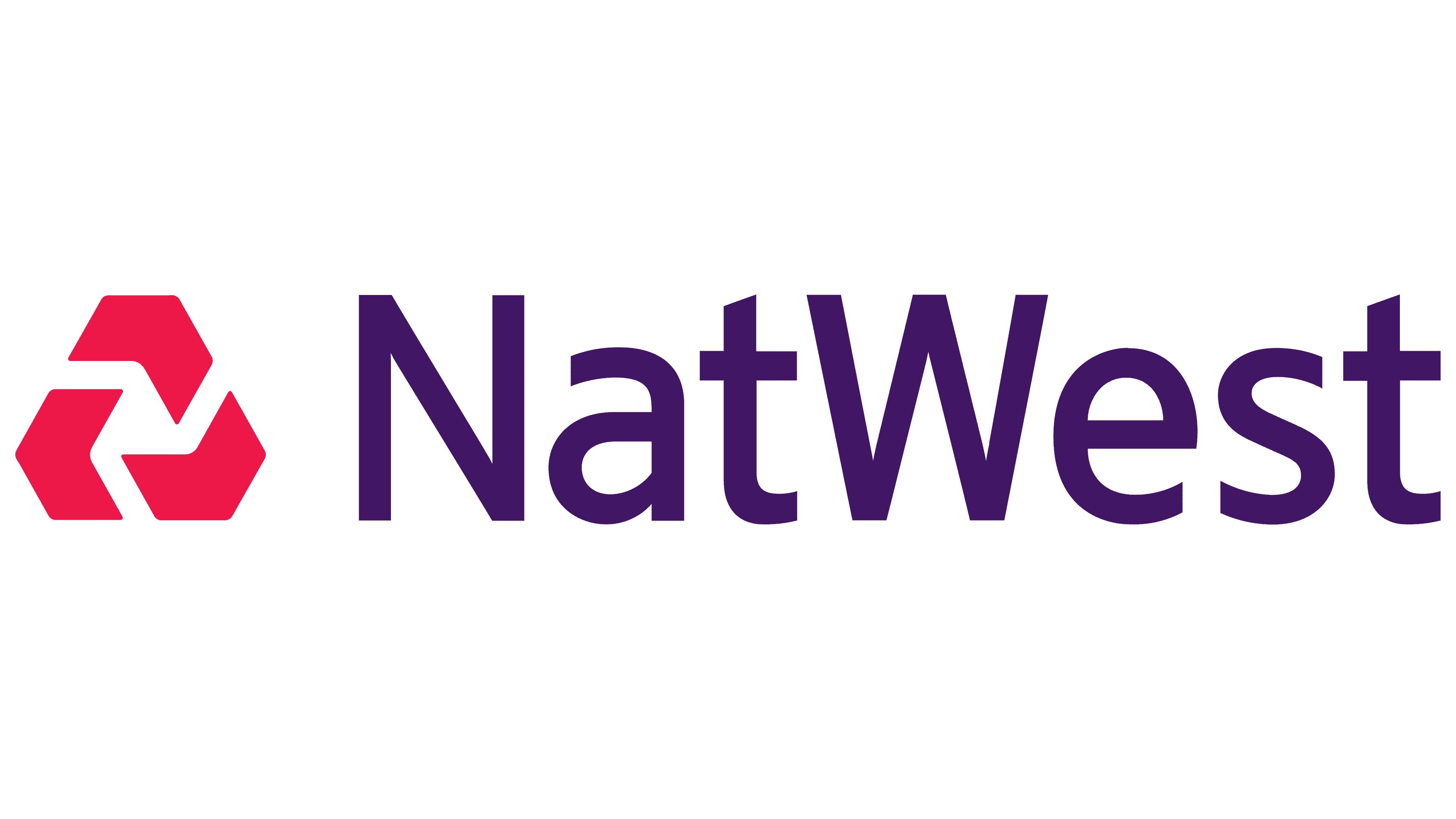Blog
June 18, 2024
The Secret to Enterprise Observability: Agent-Based Automation & Configuration Management
Configuration Management,
Infrastructure Automation
Computing environments are more dynamic, distributed, and complex than ever. Observability tools help collect, monitor, and interpret the data they generate — like logs, metrics, and traces — to give IT teams and leaders real-time insights that can help detect issues, troubleshoot solutions, and improve the reliability of their IT systems.
But observability tools can’t do their job without a strong infrastructure foundation and the right tools to manage it. Let’s dig in to find out what the benefits of observability are, list a few common tools for getting the insights that lead to observability, and learn what makes configuration management a must for achieving enterprise observability.
Table of Contents
- What is Observability?
- Enterprise Observability: Zooming In on Why Observability is Important to Enterprises
- Observability Tools: List, Examples & What They Do
- Enterprise Observability is Impossible Without Consistent Infrastructure Management
- The Secret to Enterprise Observability: Agent-Based Automation
What is Observability?
Observability is the ability to understand the internal state of an IT system and its components through analyzing logs, metrics, and traces. Observability lets teams analyze the performance, health, and operations of applications, data pipelines, and business processes.
In the broadest sense, the concept of observability in IT can include everything from monitoring server performance to tracking user behavior to reporting data analytics. Observability is crucial for system security and performance, enabling insights into system behavior and efficiency for timely response and better decision-making.
When you hear about observability in an IT context, it’s usually referring to one of two main practices: System observability and data observability.
System Observability vs. Data Observability
While system observability emphasizes the functioning and performance of the IT system or environment, data observability ensures the reliability and quality of the data flowing through that environment.
Let’s draw the line a bit more clearly with a definition of each:
System Observability
System observability means collecting and analyzing metrics, logs, and traces to gain insight into the internal state of an IT system (infrastructure). System observability tools help IT teams monitor and understand the performance and reliability of hardware, software, and network components.
Data Observability
Data observability means tracking the quality, lineage, integrity, and accessibility of data in an IT system to gain insight into its accuracy, reliability, and timeliness. Data observability tools help IT teams determine if data can be used for analysis, reporting, and decision-making.
Back to topEnterprise Observability: Zooming In on Why Observability is Important to Enterprises
Enterprise observability gives stakeholders in many areas of an organization information they need to avoid incidents, reduce costs, enhance business processes, improve customer experiences, and manage compliance risk in their IT systems.
Hopefully by now we've impressed upon you the value and importance of observability in the IT and DevOps worlds. All the benefits of observability become absolutely essential when you magnify them to the massive scale of enterprise IT. These are the top five reasons why enterprise organizations say they use observability tooling.
Enterprise Observability Helps Organizations Get Proactive About Incident Management
Deep insights about system performance help site reliability engineers (SREs) find and stymie issues early.
For example, observability can play a huge role in reducing tech debt for enterprise organizations before it becomes a huge issue.
Enterprise Observability Helps Organizations Enhance the Customer Experience
With observability tooling in place, product and developer leadership can keep track of what's not performing as expected.
They can use those insights to help applications run more smoothly, reduce latency and bugs, and improve the experience for end users, which improves brand reputation.
Enterprise Observability Helps Organizations Control Costs
Efficiency is a huge driver of overspending in IT. There are seemingly limitless tools available for increasing resource allocation and utilization, scaling, and reducing operational costs.
While they work differently on a technical level, they all start with collecting information about the system being managed so that better decisions can be made — i.e., observability.
Because of the sheer size of their operations, enterprises are heavily focused on increasing efficiency. Issues and non-optimized processes that might seem small and manageable for small and medium sized businesses compound with scale until simple inefficiencies are one of your largest problems.
Enterprise Observability Helps Organizations Manage Compliance Risk
The right observability tools provide detailed logs and metrics that can be audited. That's great for internal review and maximizing efficiency, but it's essential for reporting on compliance for regulatory audits.
Without continuous compliance and risk management, enterprise organizations flirt with risk exposure, costly regulatory fines, system downtime, reputational damage, and much more.
Enterprise Observability Helps Organizations Speed Up Innovation
When you know exactly how well everything's working in your software development lifecycle (SDLC), you can deploy features users want as well as updates, fixes, and other changes without worrying about breaking something huge.
That confidence means enterprise organizations can stay competitive by releasing more frequently, then track the effect of each change with more specificity, using observability metrics to keep track of everything along the way.
Back to topObservability Tools: List, Examples & What They Do
Observability tools enable site reliability engineers (SREs), DevOps engineers, and other members of an IT team (like sysadmins) monitor, measure, and analyze system behavior and performance to identify potential improvements.
As mentioned above, observability is a fairly broad discipline. No single piece of software 'enables observability' — instead, different tools perform different functions that amount to observability. To account for this nuance, observability tooling is a term used to describe the use of different tools to achieve observability as part of a larger IT management strategy.
Here are a few observability tools we've seen most commonly in enterprise DevOps toolchains.
Observability Tool | Features |
Datadog | Infrastructure monitoring, security monitoring, and logging |
Scalable log management, security information and event management (SIEM) | |
New Relic | Application performance monitoring (APM), user experience insights |
Prometheus | Support for cloud-native environments, extensive metrics collection capabilities |
Grafana | Customizable dashboards for observability visualization |
Dynatrace | Infrastructure, application, and user experience monitoring |
Enterprise Observability is Impossible Without Consistent Infrastructure Management
Observability in an IT system relies on the uniform installation and maintenance of monitoring agents, logging configurations, and tracing libraries. That’s what makes infrastructure automation and configuration management essential to observability, especially at enterprise scale.
Observability tools provide insights to system state through individual system components. Those tools can only do that when they’re properly installed, configured, and maintained.
Configuration management tools like Puppet, Ansible, and Chef ensure that those observability tools are installed and configured on each component.
 |
How NatWest Saved Millions by Using Puppet for Better Visibility & Faster Releases |
Puppet policy as code (PaC) turns all those configurations into code — the installation, configuration, and maintenance of those tools on each server or VM — and repeats them across every resource to keep all those components in your desired state.
For example, Puppet makes sure that Prometheus node exporters, Datadog agents, and New Relic agents are properly installed and configured on managed servers so they can collect deep insights about system state, configurations, and performance metrics.
Puppet’s always-on automation uses lightweight agents to autonomously keep the system in a secure, compliant state, including the setup of your observability tools, to create a uniform monitoring infrastructure that consistently delivers the observability insights you need.
Back to topThe Secret to Enterprise Observability: Agent-Based Automation
Agent-based automation enables capabilities that are crucial to observability, including more comprehensive data collection, real-time monitoring, self-healing capabilities, controlled access, and uninterrupted operations during network outages. Agentless automation tools can’t ensure the same level of control, security, and reliability as agent-based automation.
The benefits of an agent-based automation approach outweigh the performance overhead of installing agents on target nodes. Choosing agent-based automation for supporting observability gives you real-time data and the confidence that your desired state will be enforced even during a network outage.
Since agentless tools like Red Hat Ansible rely on standard protocols like SSH or WinRM to interact with target nodes, they’re highly dependent on network connectivity. That means that if you’re using agentless automation and your nodes are offline (due to network performance issues or outages), you could be getting outdated or incomplete data from your observability tools. The less you know, the less you can do about issues.
That’s also one of the main reasons to choose agent-based vs. agentless security >>
Especially when you’re managing infrastructure observability at scale, agent-based automation is a must. Agents enable continuous configuration automation, which maintains visibility and consistency at a level agentless automation can’t match.
Puppet provides agent-based automation that enforces your desired state with each Puppet run, which occurs every 30 minutes by default. That means your observability tools and the nodes they run on are installed, configured, and managed exactly the way you want across your entire managed infrastructure fleet.
Find out more about how Puppet configuration management supports observability in your IT with a demo of Puppet or pick the right Puppet package on our Plans & Pricing page.

